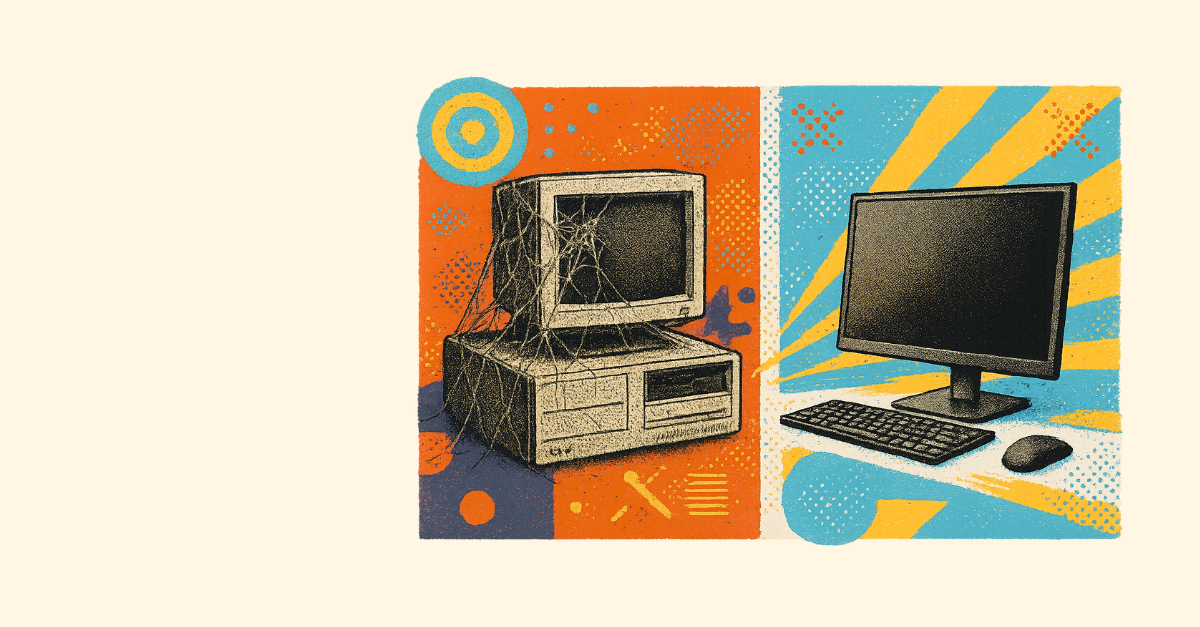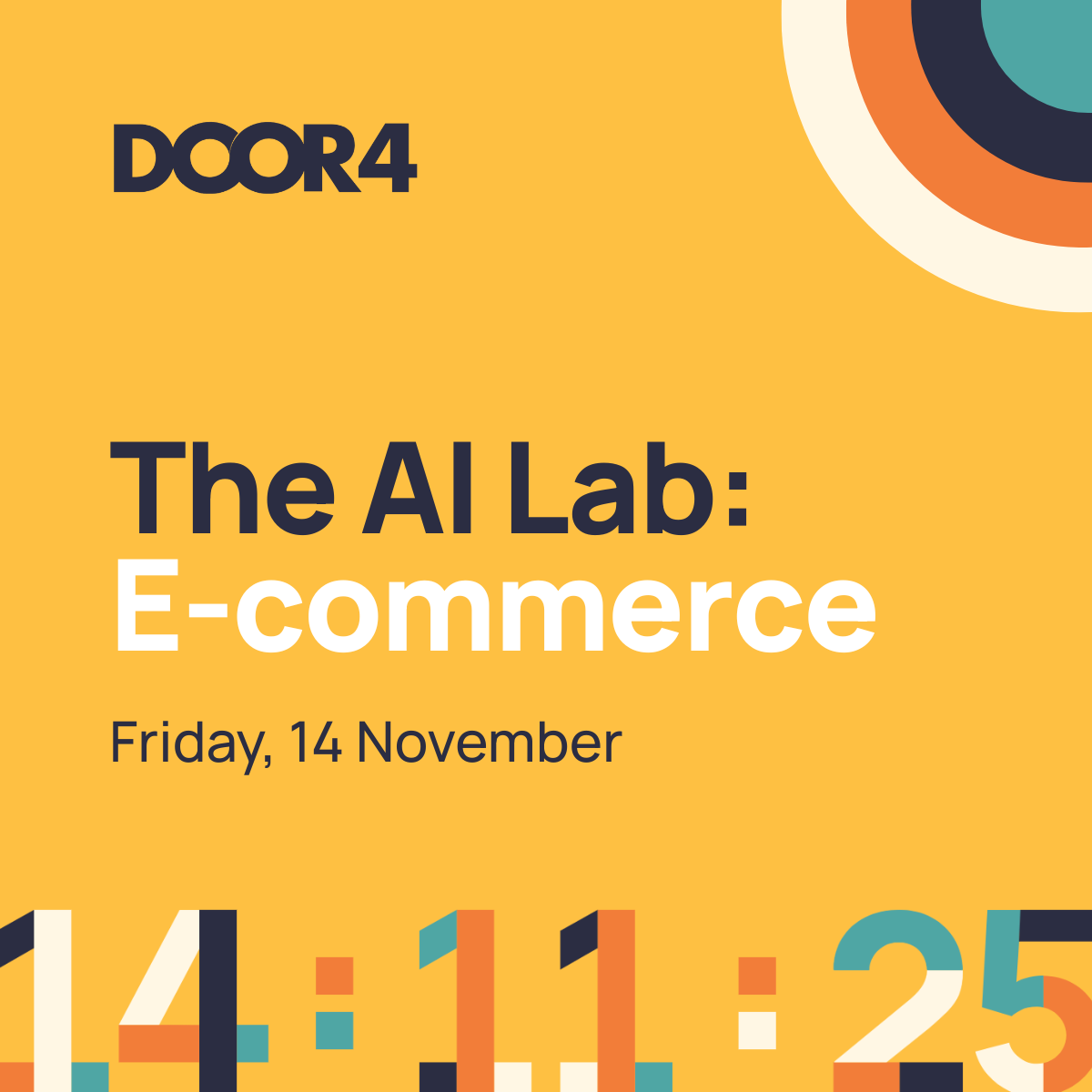Ready to explore the possibilities?
Request a quick call with our team to find out how the Innovation Explorer program can help your business take its next big leap into AI and automation.

Why Centralised Systems Are Key to Long-Term Cost Savings
 Let’s be honest, a lot of brands are still limping along with old, disconnected systems. You know the type! Ageing platforms stitched together with workarounds, legacy code held up by a few developers who remember how it all works, and tools that stopped talking to each other properly two years ago.
Let’s be honest, a lot of brands are still limping along with old, disconnected systems. You know the type! Ageing platforms stitched together with workarounds, legacy code held up by a few developers who remember how it all works, and tools that stopped talking to each other properly two years ago.
It might seem cheaper in the short term to keep patching things up. But over time, these systems don’t just slow you down; they drain your budget, frustrate your team, and create real risk.
The Quiet Cost of Carrying On
The thing about legacy systems is that they rarely fail all at once. Instead, they chip away at your time and money little by little.
- Updates often cause new problems. Fixing them means digging through outdated code that few people understand.
- Your team stays in reactive mode, spending more time putting out fires than building new value.
- Customer experience declines steadily because your tech stack simply can’t keep pace with expectations.
And while all this is happening, the cost of doing nothing continues to rise.
What a Centralised System Actually Does for You
Centralising your systems, consolidating tools, cleaning up your architecture, and modernising your platform. This isn’t just a tech refresh. It’s a strategic decision that brings greater resilience, efficiency, and long-term flexibility.
Here’s how your organisation benefits:
- Maintenance becomes manageable. A single, streamlined system is far easier and more affordable to support than a patchwork of outdated platforms.
- Teams move faster. You’re able to roll out features or improvements without delays.
- Data becomes reliable. With a single source of truth, you eliminate the confusion caused by conflicting reports.
- Scalability improves. Whether you’re entering a new market or expanding services, your infrastructure can handle it.
What Happens If You Don’t Fix It?
It’s easy to postpone a system overhaul. But waiting too long comes at a real cost:
- Technical debt piles up. Every shortcut taken now becomes a bigger problem down the road.
- Security gaps widen. Older platforms are harder to secure, and updates often lag behind.
- Your team becomes frustrated. Skilled developers obviously don’t want to maintain legacy code forever; they’ll eventually move on.
- Business growth slows. Without a solid digital foundation, it’s hard to innovate, iterate, or scale effectively.
The Takeaway
There comes a point when holding everything together with duct tape costs more than doing it right.
Investing in a centralised system is not just about improving IT. It’s about setting the business up for smarter, faster, more sustainable growth. It reduces complexity, lowers costs, and helps you stay competitive.
So if your digital infrastructure feels more like a liability than an asset, now might be the right time to stop patching and start building something stronger. Let’s chat!
Author: Kieran Priest, Project Manager, Door4
-
 04.03.2025|Before diving into A/B testing, strong foundations in development and QA ensure reliable results. From defining objectives to monitoring hidden impacts, a well-structured approach turns experiments into meaningful insights.
04.03.2025|Before diving into A/B testing, strong foundations in development and QA ensure reliable results. From defining objectives to monitoring hidden impacts, a well-structured approach turns experiments into meaningful insights. -
 07.02.2025|Emerging research on AI Overviews highlights stark shifts in click-through rates, with organic clicks dropping significantly for queries featuring these AI elements, yet rising for those without them. As a result, brands—especially in fields like KBB and home and garden—are prompted to rethink their digital strategy
07.02.2025|Emerging research on AI Overviews highlights stark shifts in click-through rates, with organic clicks dropping significantly for queries featuring these AI elements, yet rising for those without them. As a result, brands—especially in fields like KBB and home and garden—are prompted to rethink their digital strategy -
 03.06.2024|Do you have ambitious growth targets but a less-than-ambitious budget? If brand-building vs. sales generation is a puzzle to you, we break down the concepts and point out the traps that can erode market share.
03.06.2024|Do you have ambitious growth targets but a less-than-ambitious budget? If brand-building vs. sales generation is a puzzle to you, we break down the concepts and point out the traps that can erode market share.
Door4 opinions and insight.
We have a lot to talk about.Our latest articles, features and ramblings.
We explore performance marketing, AI, communications and optimisation.











